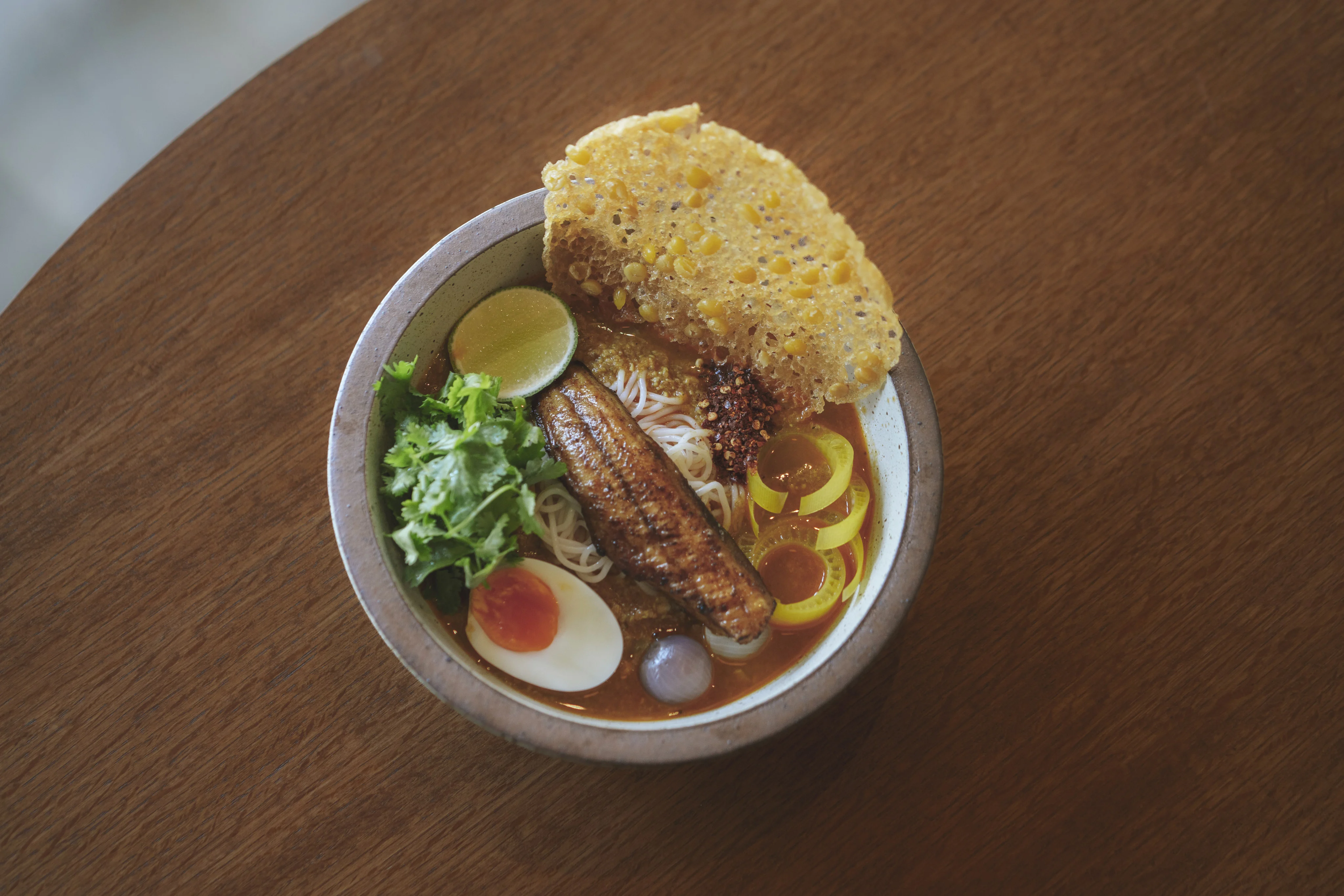By Ben Young
Copyright scmp

While debates about immigration policy rage globally, Macau’s Burmese community remains one of the best examples of peaceful integration and cultural contribution in Asia, perhaps even the entire world.
The roots of the community stretch back to the 1962 coup d’état in then-Burma, after which many families of Chinese descent began emigrating to Macau due to the extreme discrimination and violence they were facing there. Now one of the largest Southeast Asian immigrant groups in the city, the Burmese have woven their traditions into the fabric of Macanese society, most notably through their vibrant culinary legacy.
“Around the age of 12, my father and his family moved to Macau due to the discrimination against Chinese in Myanmar,” reveals Ip Hao-wai, who runs the Nga Heong Burmese restaurant with his father, Ip Weng-wa. “They initially wanted to go to Hong Kong, but faced restrictions due to their Myanmar identification. They chose Macau because of the large Myanmar community in the Rotunda de Carlos da Maia area.”
Upon arrival, the Ip family first found work in local factories before turning to their culinary roots. “My grandfather decided to start his own business, specifically a noodle shop,” explains Ip. “He initially tried selling various types of food, including congee and noodles, but it wasn’t that popular. He realised the Rotunda de Carlos da Maia area had many Myanmar people, so he started making his food to cater to the local community.”
Food can break down barriers and build curiosity. I’ve seen customers from all backgrounds come together over a bowl of noodles
Nelson Htoo, Club Rangoon
According to Ip, Burmese cuisine in Macau is a fusion of different countries’ influences. Some popular dishes include flatbread – which resembles Indian naan – as well as sour and spicy salads, which resemble those in Thai cuisine. And one of the most famous dishes is ohn no khao swè, a fragrant coconut chicken noodle soup of Chinese origin.
“The noodles used are similar to those eaten by the Chinese, specifically Fuzhou fried noodles,” Ip says. “Toppings like fried dough sticks are also of Chinese origin. It incorporates crispy fried noodles on top, which are dipped in sauce.”
Another popular dish is mohinga, a fish noodle soup that is considered the unofficial national dish of Myanmar. It uses turmeric powder to distinguish it from traditional Chinese white fish noodles, while ginger, lemongrass, and banana stalk cores lend distinctive flavours.
“[Turmeric] gives the yellow colour to dishes like coconut chicken noodles,” notes Ip. “Curry powder is also frequently used, reflecting Indian influences. However, we don’t have a standardised spice blend like masala in Indian cuisine. Each cook has their own unique flavour profile, especially with street food.”
Nga Heong’s menu features tradition and adaptation, offering both ohn no khao swè and mohinga. “These recipes are considered traditional, though it’s difficult to pinpoint a specific ethnic origin due to the diversity of Myanmar. My restaurant has adjusted the saltiness and spiciness to suit local tastes, as Burmese food can be too intense for the Cantonese palate. Myanmar’s hot climate influences the strong flavours, which are toned down in Macau.”
Burmese immigrant communities and, by extension, their cuisine, is expanding into more Asian cities, where there continues to be a delicate balance between the traditional and the modern.
Nelson Htoo, born in Yangon, Myanmar, moved to Hong Kong in 2018 to pursue a master’s in business management, but then found himself opening up Club Rangoon, his first restaurant. Since then, Club Rangoon has relocated to Singapore, a city with an extremely vibrant Burmese community, and he’s working on a Nordic project called Venner in Hong Kong.
“Burmese food is so full of character that it really is hard to sum it up. Generally, the cuisine boasts influences from neighbouring countries such as Thailand, India and China,” says Htoo. “You can have anything from spicy, tangy and sweet to bitter – it’s all there in Burmese cuisine. Obviously, Myanmar is a huge country, with different parts of it having their own distinct dishes and flavours as well.”
Like Ip, Htoo takes care to adapt his menus to suit the cities where his restaurants are based, while trying to maintain a distinct traditional Burmese palette.
“In Singapore, people expect a bit more spice, while in Hong Kong, diners prefer milder flavours and more familiar ingredients,” Htoo explains. “It’s about finding a balance – respecting tradition but also making sure the food feels approachable to everyone.”
Htoo sees his restaurants as cultural ambassadors. “Every time someone tries mohinga or tea leaf salad for the first time, it’s a chance to share a piece of our story. Food can break down barriers and build curiosity. I’ve seen customers from all backgrounds come together over a bowl of noodles.”
He makes it a point to wear his Burmese pride wherever he goes and aspires to convey the spirit of familial hospitality that is common among Burmese immigrant communities across Asia.
“No matter where we are, when Burmese people meet, there’s an instant sense of familiarity. It’s like finding family abroad,” says Htoo. “Burmese people have this way of treating each other like extended family, always ready to lend a hand or a word of encouragement.”



